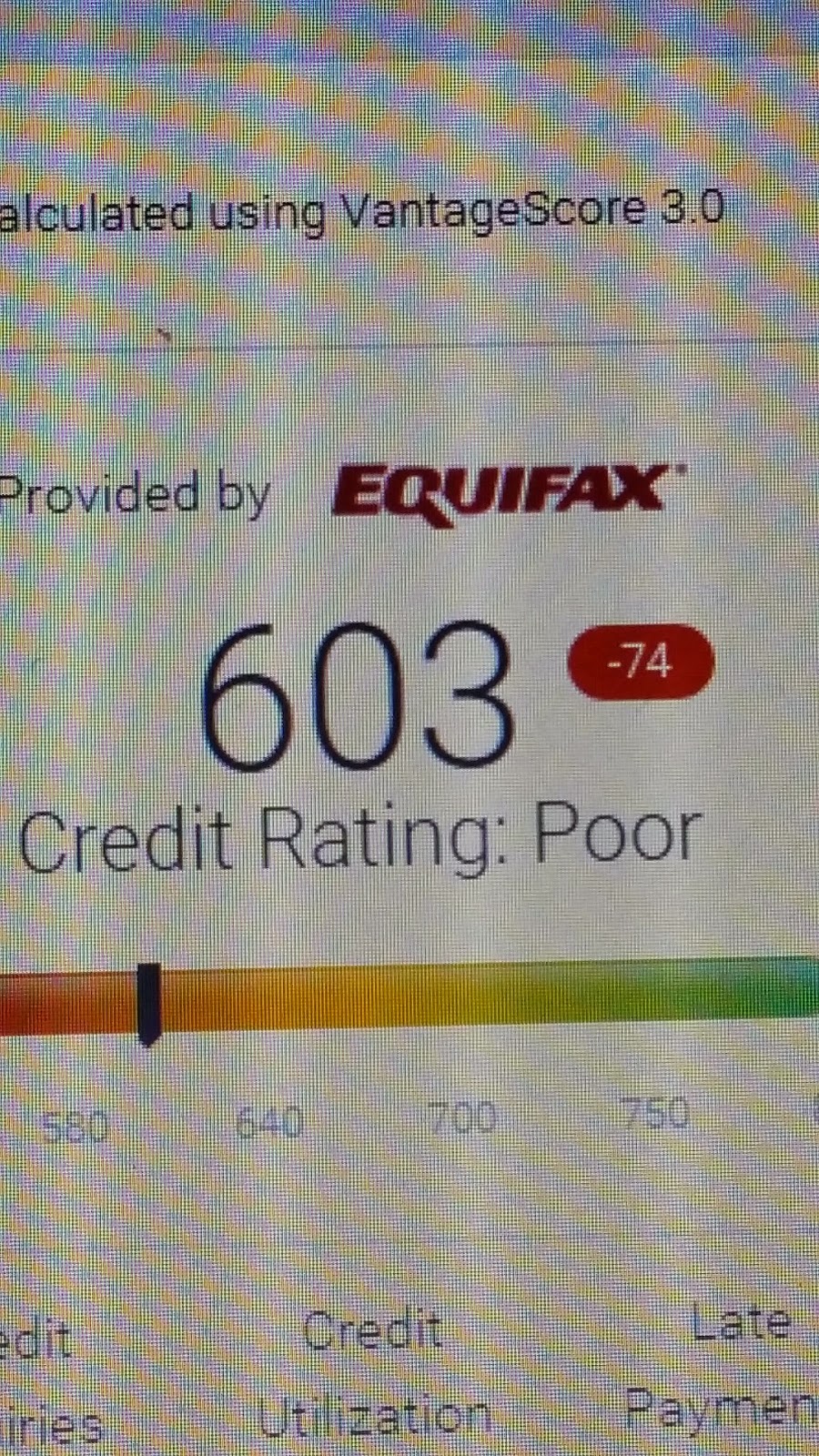I’ve taught a lot of credit workshops in 2015 thus far and a question I often get is “How should I dispute?” My answer is always the same; focus on factual errors.
And then I’m met with a blank stare, LOL.
So what does ‘factual errors’ mean? Well, let’s go over what factual errors is not.
What most people do is simply dispute every negative item on their credit report as ‘not mine’ to see if it’ll be deleted. Others will falsely claim that they are a victim of identity theft and demand deletion of negative items on their credit reports. And yet others will identify a part of the credit tradeline that is reporting – balance, dates, etc – claim it’s inaccurate in hopes that it won’t be verified and will be deleted.
If you notice, the above strategies are a shot in the dark; and the first two are straight up fraud! I used to get asked to dispute accurate, factual items for people all the time, and the answer was always NO! I’m sorry but if I’m going to get fined or threatened with jail time it’s going to be for something that benefited me; not you and your credit.
If you want real results you want to focus on factual errors. This involves really looking at the item on your credit reports to see if there is a true error. Remember, the Fair Credit Reporting Act (FCRA) allows you to dispute anything that is inaccurate, incomplete, unverifiable, and untimely.
Locating these factual errors can quite simple with a little patience and practice, especially if you have documentation to compare the items on your credit reports to. To add, almost 80% of credit reports contain errors that need to be removed/updated. You read that correctly EIGHTY PERCENT!!! Finding some type of error shouldn’t be too difficult.
So, being able to read your credit report is important, but so is examining it carefully, using the questions above, to find these inaccuracies so that you can create a solid plan of action to dispute them.
I have a list of common inaccuracies listed here to assist you.
I’d start with the first negative credit account on your report, look at it carefully and ask, is it accurate? Checkeverything! Dates, statues, type of account, balances, etc. and match it up against what the other bureaus are reporting and your own documentation as well.
Next, is it complete? Are any dates missing, account numbers correct, the company reporting the information, contact information, credit limits? This is actually the most common reason for dispute you’ll find.
Is it verifiable? This is the most time consuming to find out. You are going to the company reporting this information to ensure they have documented proof with signatures (paperwork and accounting trail) that verifies what they are showing on your credit reports. If the company reporting the information can’t verify it; how can the credit bureaus? Another approach is to see if the credit bureaus can verify the account? You’ll want to obtain documentation for the method as well.
Is it timely? Per the FCRA, credit reporting agencies must remove your inaccurate items 7 years from the date of first delinquency or filing date for public records (exception: 10yrs for Ch7 bankruptcy and 7yrs from date of release (payment) for federal tax liens).
Now that you’ve made your notes and marked up your credit reports, now what?
It’s disputing time!
If you need dispute letter templates with instructions on how to write your own, check out my Dispute Letter Package in my store!
Items that are less than 24 months old will bring you the biggest increase in your credit scores; so you can certainly focus on those first. Ultimately, however, if it’s negative and inaccurate, remove it. With my DIY Credit Empowerment Package, I encourage participants to start with the easiest items first so that they can get some positive results right away, which gives them the resolve to tackle the most difficult items shortly afterwards.
Yes, analyzing your credit report will take some times but it brings about results quickly because the items are legitimately incorrect. Afterwards, you can focus on other areas that can soar your scores, thereby speeding up the credit restoration process – namely adding positive accounts (if needed) and improving your debt utilization ratio so your revolving accounts are reporting less than 25% of your available credit limit; and maintaining positive credit management.
So, when working on improving your credit – keep your disputes factual!
And, if you need assistance pinpointing the areas you should concentrate on, schedule a Credit or DIY consultation, and I’ll get you pointed in the right direction :).
Hope this helps!
~ Netiva





